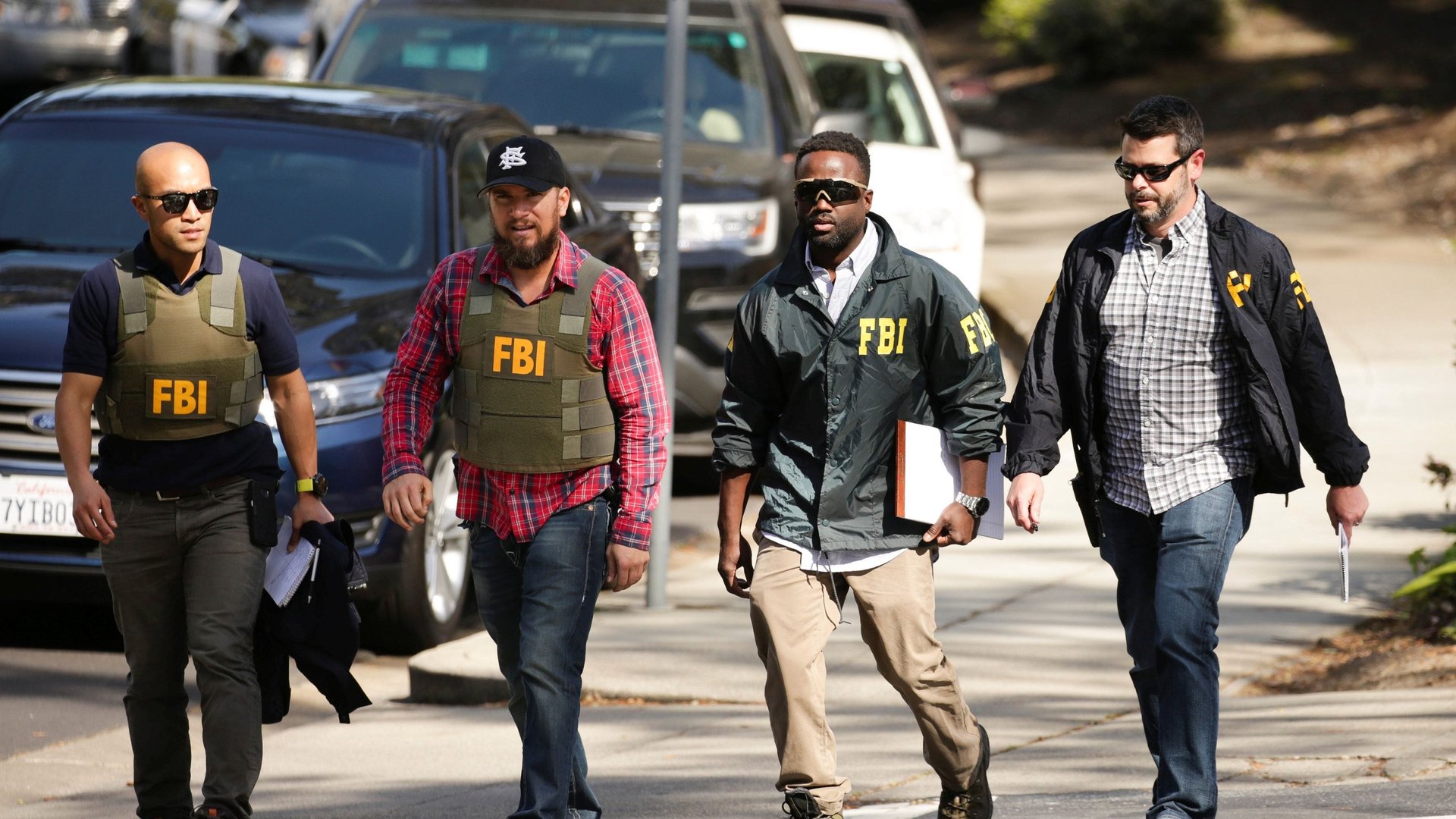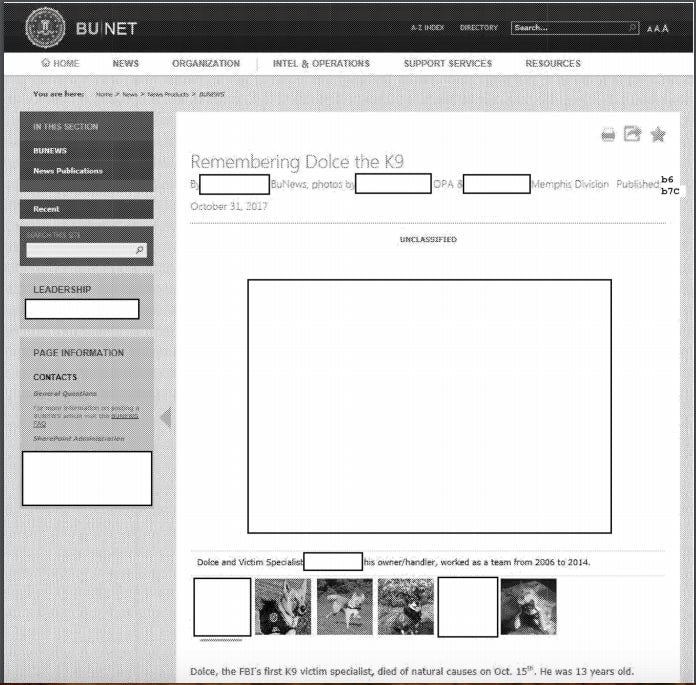A rare peek inside the FBI’s internal video-streaming service
Internal FBI documents released last week provide an intriguing peek at its private intranet for agents and other personnel.


Internal FBI documents released last week provide an intriguing peek at its private intranet for agents and other personnel.
The system—called BU|NET, an apparent portmanteau of “bureau” and “network”—includes FBI.tv, a homegrown YouTube channel of sorts that includes live commercial programming (Fox News, MSNBC, CNN, and the Department of Justice’s in-house legal training network, Justice Television) as well as on-demand offerings like “Active Shooter–Managing the Mass Casualty Threat,” “Advancements in Maritime Intelligence,” “Boston Marathon Bombing Investigation,” and the admittedly unexpected “Bullying in the Workplace.”
The documents were obtained by Russ Kick, a researcher and writer who runs AltGov2.org, an online repository of declassified files he has successfully pried loose through the US Freedom of Information Act (FOIA). He learned about FBI.tv only from a tranche of screenshots of the BUNET homepage he received in February.
It took Kick a little over six months to get the first set of documents and seven-and-a-half months to get the FBI TV listings.
“In the world of FOIA, those are fairly decent response times,” Kick told Quartz. “I run on FOIA time now, so I guess anything under a year seems fast.”
Kick, whose site is completely supported by donations, said he didn’t have to negotiate or appeal to get what he ultimately received. However, the records are incomplete. Kick asked for color screenshots of all pages that are linked from the main page. The bureau sent blurry, pixelated black-and-white printouts of 11 of the 28 pages that fit that description. His appeal is currently winding its way through the system for the remaining 17.
Beyond FBI.tv, BU|NET also offers:
- Management tips ”At the recent Counterterrorism Division all-hands, best-selling author Dan Pink told attendees that to be engaged and motivated, employees need autonomy, mastery, and purpose—and not to be managed solely with rewards and punishments.”
- Q&As ”15 Minutes With [REDACTED] Endangered Child Alert Program.”
- Memories of former employees who have passed on ”Remembering Dolce the K9,” by [REDACTED], photos by [REDACTED] OPA & [REDACTED] Memphis Division. Three of the seven pictures of Dolce, who was 13 when he died last year, are redacted. ”I’m going to chalk it up to overzealousness with the redaction tool,” said Kick. “But it is hard to understand—things you think would get redacted sometimes don’t, while things that shouldn’t get redacted do.”

Overall, Kick said he was surprised with how few redactions the BUNET menus contained. Some of the systems and applications in the “Resources” menu are previously unknown outside the FBI, such as “Datapointer,” “DownDraft,” and something called “TSLift.” Kick has submitted filings in an attempt to find out more about those three programs, and also has follow-up requests in progress for the “Surveillance” page and multiple “Employee E-Briefs.”
“One of the most stunning non-redactions I’ve ever gotten is the manual that the Inspector General of the Intelligence Community uses to perform audits on intelligence agencies,” said Kick. “I was sure it was going to look like Swiss cheese, but there isn’t one bit of redaction in the entire 148 pages. I still wonder if they meant to send it to me like that.”
On the other side of the coin, John Greenewald Jr. of reader-supported FOIA clearinghouse The Black Vault told Quartz, “I’ve been waiting a couple of years for documents from the CIA on mind control. I went after some NSA files on Mother Teresa that were denied; I refiled last year and got them, but everything was blacked out. Mother Teresa. What are they hiding?”